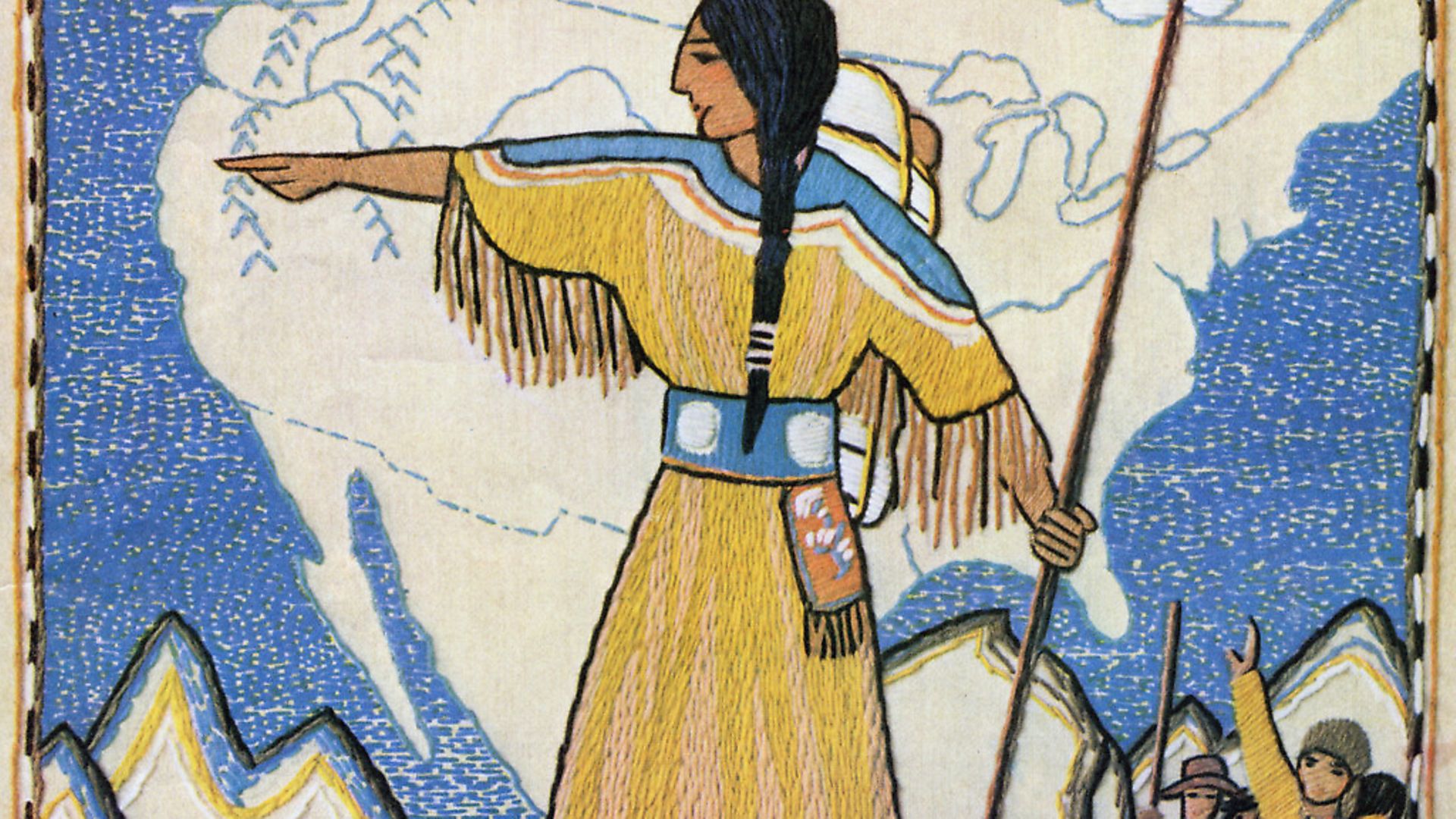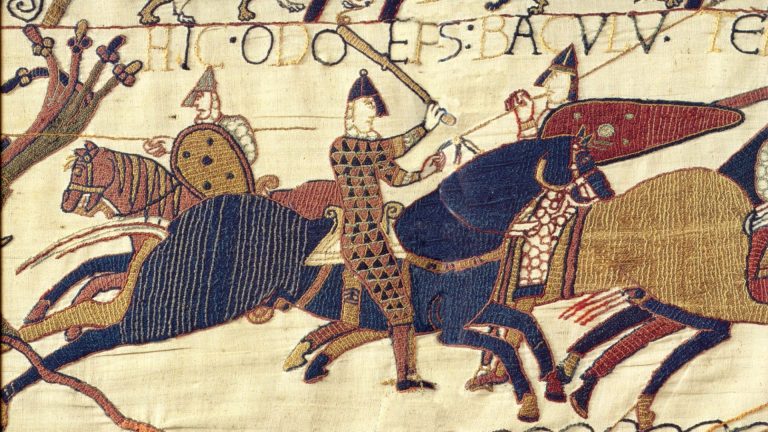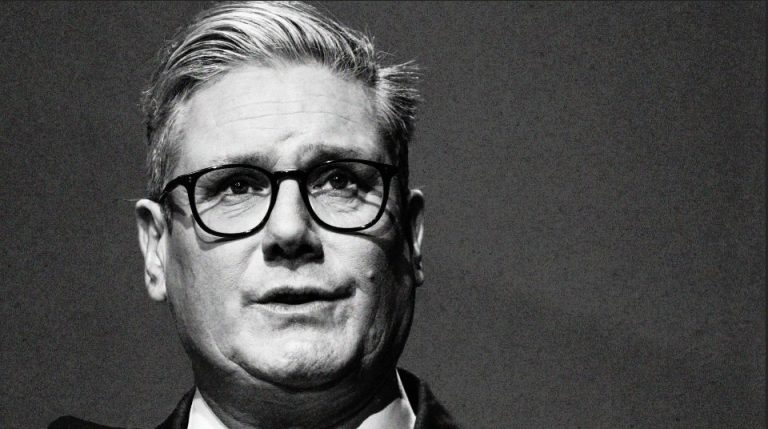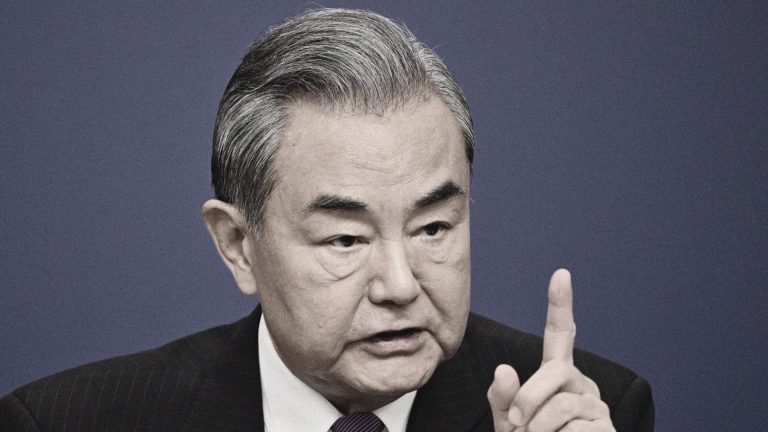
PETER TRUDGILL on the story of Sacajawea.
The Louisiana Purchase is the name given to the 1803 deal under which the USA ‘bought’ very large tracts of North American land from France, extending American control over the continent an enormous distance westwards. The area in question covered the whole of modern Iowa, Missouri, Nebraska, Kansas, Arkansas and Oklahoma; Minnesota beyond the Mississippi; large areas of North Dakota and South Dakota; those parts of Montana, Wyoming, and Colorado which lay to the east of the Continental Divide; the northeastern part of New Mexico; and parts of Texas and Louisiana.
In fact, of course, France did not truly ‘own’ or even control most of these areas, which were inhabited by Native Americans. So what the USA had purchased was the agreement of the French that, as far as they were concerned, the Americans were now free to proceed to invade those lands and dispossess the native people, which is what they soon began to do.
It was not too long, in fact, before Americans had travelled overland, way beyond the territories ceded to them by the French, as far west as the beaches of the Pacific Ocean. The Lewis and Clark Expedition spent four months of the winter of 1805-6 by the Pacific coast on the southern bank of the mouth of the Colombia River, today the boundary between the states of Washington and Oregon.
Meriwether Lewis and William Clark were the leaders of an expedition commissioned by president Thomas Jefferson; their main objective was to find a river route to the Pacific across the newly acquired American territories and then beyond into territories over which the Spanish, French, British and Russians also had claims.
The expedition, unsurprisingly, encountered many dangers and difficulties in finding routes across often inhospitable terrain, and in sometimes difficult climatic conditions. They also encountered numerous different groups of Native American people who spoke a variety of languages and were not necessarily inclined to be welcoming. Many tricky situations were encountered by Lewis and Clark and their men – and they were all men, except that they were greatly aided on their enormous trek by a young woman called Sacajawea, who travelled all the way with them from North Dakota to the Pacific and back. She was probably about 16 when she joined the expedition.
She was a native-speaker of Shoshoni, a Numic language which is a member of the Uto-Aztecan language family – some Uto-Aztecan languages are spoken as far south as El Salvador. She had grown up in a Shoshoni community in the Idaho-Montana border area; but in 1800, when she was about 12, she was kidnapped by a group of Hidatsa and held captive in their village in North Dakota – Hidatsa is a Siouan language totally unrelated to Shoshoni.
When she was about 13, the Hidatsa sold her as a wife to Toussaint Charbonneau, a French-Canadian trapper who was living in the village.
Having arrived on Hidatsa territory during the winter of 1804-5, Lewis and Clark hired the services of Charbonneau, not least because of the interpreting possibilities offered by Sacajawea. She had by then learnt Hidatsa in addition to Shoshoni. Charbonneau, a native French speaker, had learnt Hidatsa. One of the expedition officers, Francois Labiche, spoke French and English.
So the language situation on the expedition must have been complicated, but it seems to have worked: Lewis and Clark spoke to Labiche in English; he addressed Charbonneau in French; Charbonneau spoke to Sacajawea in Hidatsa; and she then spoke Shoshoni to the Shoshoni they met as they travelled west.
It is not certain what happened to Sacajawea after she returned from the expedition in 1806, but there is some agreement that she rejoined the Shoshoni, acted as an interpreter for many years, and died at a ripe old age on the Wind River Reservation near Lander, Wyoming. Today there is a monument to her memory on the Reservation.









